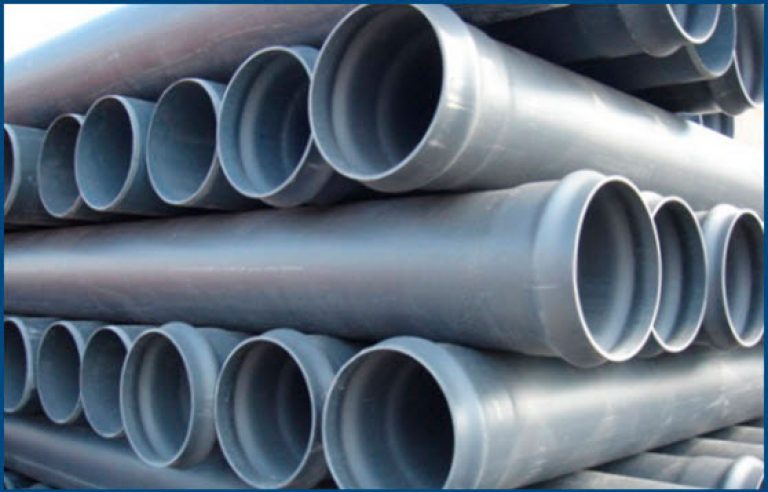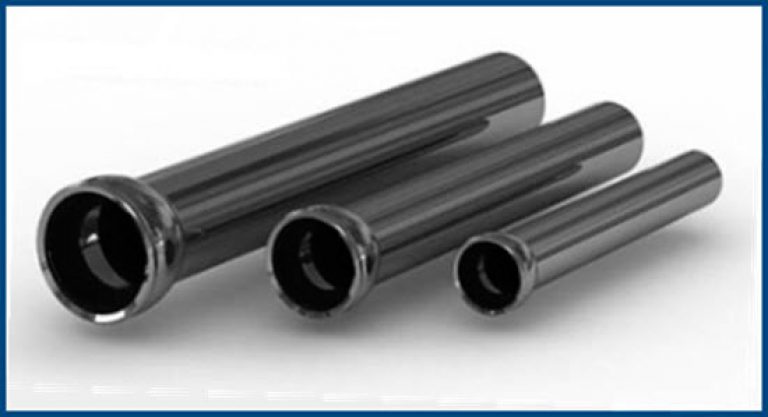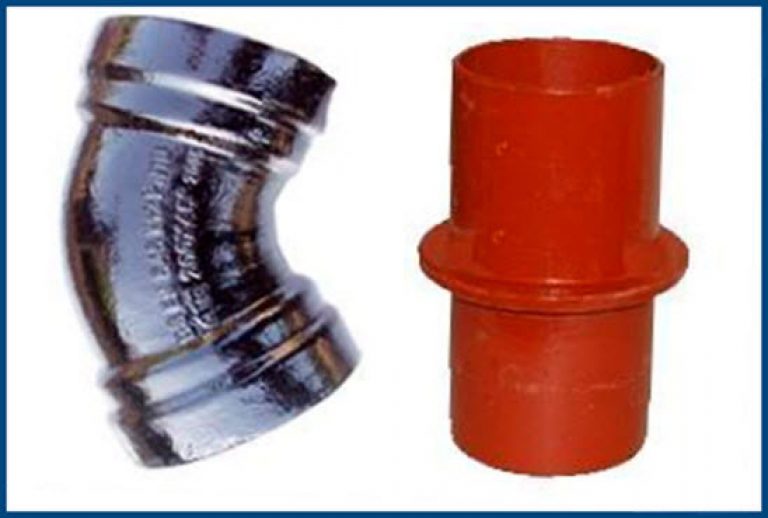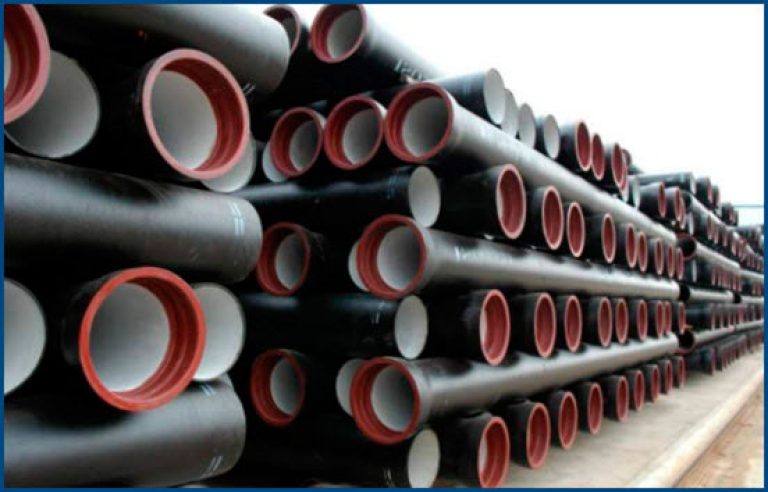When installing sewer systems, two types of pipes are used - cast iron and. The size of these products is regulated by the Technical Specifications (TU). The standard size, namely the diameter, ranges from 50 to 110 mm.
There are products with a larger or smaller diameter. From this article you will learn the main parameters that PVC and cast iron products have.
They are produced in accordance with TU 2248-022-23208482-02, which allows you to choose the option for any system.
What are sewer pipes
Today, sewer systems are made of two types of pipes: plastic and metal. Plastic can be of three varieties, from:
- PVC - polyvinyl chloride;
- PP - polypropylene;
- PET - polyethylene.
Advantages
- Resistant to chemicals such as acids, alkalis, solvents.
- Durability - they can be buried in the ground to a depth of 16 meters.
- Smooth inner surface, which prevents the formation of plaque inside.
- Light weight - the weight of one meter with a diameter of 110 mm will be only 1.5 kilograms.
Metal sewer pipes cannot boast of a large selection of materials; they are produced only from cast iron.
Advantages of cast iron pipes
- Durability - the service life of cast iron products exceeds 60 years.
- Durability - they allow you to install a riser of almost any length.
- Easy installation - products have a socket, which simplifies installation.
Of course, they are very heavy, but this is offset by their colossal strength.
After familiarizing yourself with the properties of the two types of pipes, you can proceed to their dimensions.

Dimensions of plastic pipes
As mentioned above, plastic pipes come in three varieties: PVC, PP, PET. They differ from each other in characteristics both basic and technical.
And only the sizes remain standard, regardless of the type. Thus, in one system, the use of several types of different materials is allowed.
PVC pipe size and application
Polyvinyl chloride pipes are produced in accordance with GOST R 51613 - 2000 and VSN 48 - 96. Pressure pipelines are regulated by GOST, and non-pressure pipelines by building codes (VSN).
In accordance with building codes, non-pressure pipes have three sizes in diameter - 50 mm, 90 mm, 110 mm. The wall thickness is 3.2 mm, the length is 0.5 - 8 m.
Pressure vessels are significantly different from their non-pressure counterparts. The number of standard sizes is 13 pieces, and the diameter varies from 63 mm to 315 mm.
However, despite such a large assortment of plastic pipes, not all are in demand. The most commonly used options are:
- Except for the most popular options 100 and 110 mm, then 75 mm pipes are very popular. They are used as outlets for bathtubs and showers.
- Pipes with a diameter of 100 and 110 mm are used for the construction of risers and the installation of external pipelines.
- 200 and 300 mm pipe is used in the installation of industrial sewage.
PET sewer pipes
Polyethylene pipes are produced in accordance with the GOST 22689.2-89 regulations, and have only 4 types of assortment. The diameter is - 40, 50, 90 or 110 millimeters. If the pipe is made of low-density polyethylene, then the thickness of its walls will be only 3 mm.
High pressure PET pipes are produced in a smaller diameter, and the wall thickness is: 3 mm for pipes with a diameter of 40 - 50 mm, and 5 mm for pipes with a diameter of 90 - 110 mm. The length can vary from 2 to 9 meters, and this depends directly on the diameter of the product. The larger the diameter, the longer the segment.

Polypropylene pipe
Propylene inner pipes are produced in accordance with TU 4926-002-88742502-00. In accordance with these conditions, their diameter can be 50, 100 and 150 mm, and the wall thickness is from 3 to 5 mm, depending on the diameter. Polypropylene products are used both for risers and for outlet lines from plumbing fixtures.
There are also larger polypropylene counterparts that are used for laying external drains. For example, products of the famous brands Pragma and Korsis can have a diameter of 110 mm to 1.2 meters.
Dimensions of cast iron sewer pipes
Functionality is divided into two types:
- SMU - there is no detachable connection, i.e. both ends are smooth;
- SME - equipped with a bell at one end, smooth at the other.
The size is characterized by an internal diameter, for example: marking DN 100 means that the diameter inside is 100 mm, and outside it will be already 110 mm. Standard markings for cast-iron pipes are from DN 50 to DN 400. Pipes without sockets, with smooth ends, have increased strength and are produced in lengths of 3 m, while conventional split pipes can be from 15 cm or more.
The wall thickness of cast-iron pipes practically does not differ from plastic pipes and is 4-5 mm. But despite the same dimensions - length, diameter and wall thickness, the mass of metal and plastic products differs significantly. For example, 1 meter of a cast-iron pipe with a diameter of 100 mm weighs 14 kg, and a plastic analogue of the same dimensions will have a mass of no more than 1.5 kg.

In the table below, you can find the recommended diameters of plastic pipes for or. All data provided are advisory in nature and may vary up or down, depending on the technical characteristics of plumbing fixtures or sewer systems.

So, today it has become much easier to install a sewer system, the main thing is to purchase pipes and accessories strictly in accordance with the design parameters.
Video: Dimensions of sewer pipes


















